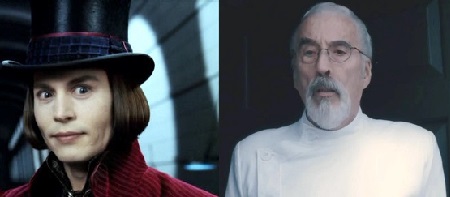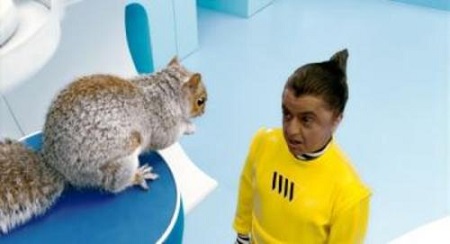Just recently I watched the neo-Western crime drama television series Breaking Bad (2008-2013). The core story of the series is how underpaid and demoralized chemistry teacher Walter White, diagnosed with an advanced stage of cancer to begin the series, teams with former student Jesse Pinkman to sell crystal meth in Albuquerque, New Mexico. Vince Gilligan created and produced the series.

As the series begins, Walter White lives in the family’s one-story ranch house with Skyler White, his wife, and Walter White, Jr., his son. Bryan Cranston, Anna Gunn and RJ Mitte portrayed husband, wife and son, respectively, in the series. The initial impetus for entering the drug trade for Walter White was to financially provide for his family in the face of his cancer diagnosis. The process began as a small operation with small batches, made in combination and then distributed with the aid of former student Jesse Pinkman. Aaron Paul portrayed Jesse Pinkman.
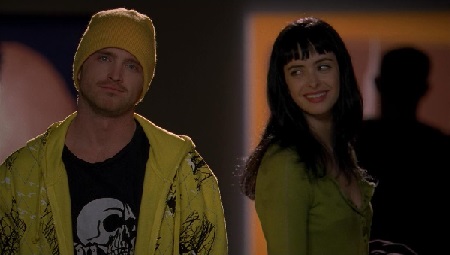
Comedic dysfunction ensued in the relationship for Pinkman and his former teacher in getting their business off the ground. Distribution is an initial consideration, with issues in manufacturing and distribution, with the engagement of Krazy-8, as portrayed by Max Arciniega, offering a dramatic sequence of events for the opening season. Jesse Pinkman’s strained relationship with his parents, as portrayed by Michael Bofshever and Tess Harper, added some depth to this storyline. Sharing Walt’s cancer diagnosis to Skyler’s sister Marie Schrader and DEA agent brother-in-law, Hank Schrader, introduced some of Walter’s extended family. Dean Norris and Betsy Brandt portrayed Hank and Marie, respectively.

The second season plants the fodder for the larger narrative for where the five seasons of Breaking Bad will go. Introducing Tuco Salamanca, as portrayed by Raymond Cruz, at first introduces an element of realism and risk for what the illegal meth business means. Keeping the notion separate from family, with the introductions of mortal risk alongside a love interest for Jesse with Jane Margolis, demonstrating complexity on the front that is only the tip of the iceberg. Krysten Ritter and John de Lancie portray Jane Margolis and her father, Donald Margolis, respectively. The recreational vehicle and meth lab for Walt and Jesse, in their own ways, bring problems between Jesse and his parents, Hank Schrader and the criminal enterprise, and familial ties that aren’t readily apparent at this of the story. The season really ends with a bang.
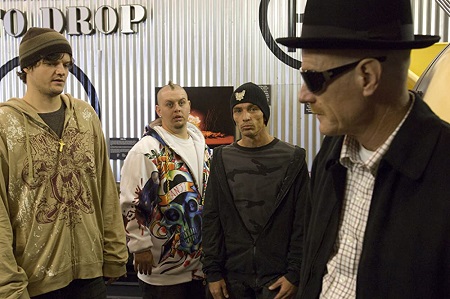
Season three introduces many elements of fallout from the second season, including introductions to relatives of Tuco Salamanca through Saul Goodman. Bob Odenkirk, Mark Margolis, Daniel Moncada and Luis Moncada portrayed Saul Goodman, Hector Salamanca, Marco Salamanca and Leonel Salamanca, respectively. Goodman also brings Mike Ehrmantraut into the relationship of Walter and Skyler White, with an aim to protect the criminal enterprise that Jesse and Walter. Walter White and Jesse Pinkman had brought Goodman into their enterprise in what was to become a growing crystal meth operation. It’s through Ehrmantraut, as portrayed by Jonathan Banks, that we are introduced to chicken manufacturer Gustavo ‘Gus’ Fring of Chile and his industrial strength crystal meth manufacturing plant. Giancarlo Esposito portrayed Fring.

The backstory of the industrial plant takes the audience into the past crystal meth manufacturing ambitions of Gus Freng. This history shows a longstanding relationship between Fring and Hector Salamanca, culminating in the manufacturing storyline under the laundromat. Dynamic interpersonal dynamics become exceedingly more complex from this past, and with the cook who assembled the plant the parts for the plan in the first place, Gale Boetticher. David Costabile portrayed Boetticher, whose overall story leads to the fulfillment of many storylines for Breaking Bad.
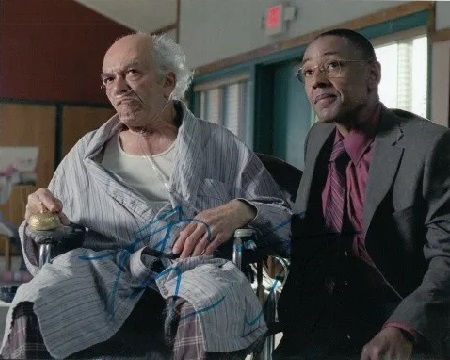
The Salamanca storyline around vengeance for Tuco runs contemporaneous to the laundromat, the introduction to Gus’ ambition, and explaining to outward appearances for the ability to afford Walter White’s cancer treatments. We meet the character Ted Beneke, a creep from Skyler’s past portrayed by Christopher Cousins. Meanwhile, we dynamics with Jesse’s distribution ring leads to troubles for Christian ‘Combo’ Ortega, as portrayed by Rodney Rush. The fallout of this leads to significant issues for Walter and Jesse with Mike Ehrmantraut and Gus Fring, with the relationship that Jesse has cultivated with Andrea Cantillo and her son, Brock Cantillo, on Jesse’s mind. Emily Rios and Ian Posada portrayed Andrea Cantillo and Brock Cantillo, respectively.

The third and fourth seasons of Breaking Bad were among the best I’ve seen in a television series. The trajectory for so many relationships along with the development of the histories that informed so much of the motivation for characters were tremendous. That we truly began to see the true nature of who series long characters were during this timeframe. The stepping up of ways that DEA agent Hank Schrader continued not knowing that his brother-in-law was in drugs, as prolonged as could be possible with some ingenious interventions, were artfully done. This said, the sharing for how the stories of so many characters worked themselves out by the fourth season, and through some tying of loose ends with the fifth season, made the fifth season feel a bit anti-climactic at points for me. The introduction of Holly White was an interesting touch along the way, which served purposes for the relations between Walter and Skyler White, Hank and Marie Schrader, and between the Schraders and the Whites.

The storylines for the fifth and final season of Breaking Bad introduced needs to bring resolution to relationships with questions unresolved. Would members of the cast continue with the criminal enterprise? Would folks get caught? Would Hank catch the criminal that he’d been after since the beginning of the series. These questions are answered with clarity and depth, though the true emotional impact for some of these questions rested earlier in the series. The functions of Todd Alquist and Lydia Rodarte-Quayle became necessary, though these characters didn’t get the screen time to resonate as completely as others, including Brandon ‘Badger’ Mayhew and as Skinny Pete. The discrete closure for specific characters, and how things were left open for our imaginations for some characters, was an interesting choice. That this led the Better Call Saul (2015-2022) television series as well as the El Camino: A Breaking Bad Movie (2019) movie occurred, due to this, in my opinion. Matt Jones, Charles Baker, Jesse Plemons and Laura Fraser portrayed Mayhew, Skinny Pete, Alquist and Rodarte-Quayle, respectively.

The overall experience of the Breaking Bad television series was entertaining. There are definitely parts of the movie that explored the motivations for who characters were, with the end result being a clear speaking to the full character that was Walter White. I give Breaking Bad as produced by Vince Gilligan 4.75-stars on a scale of 1-to-5.
Matt – Wednesday, August 10, 2022



